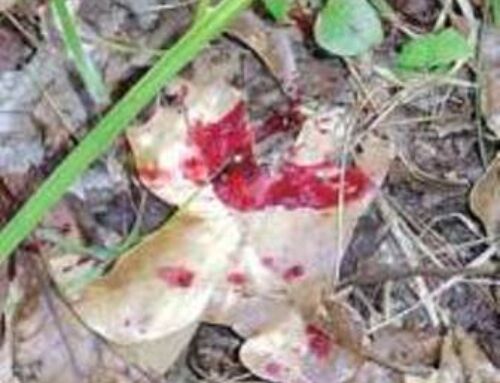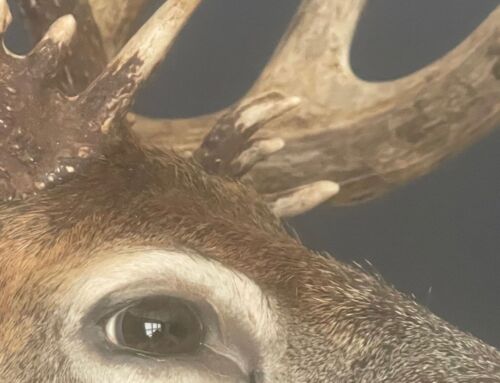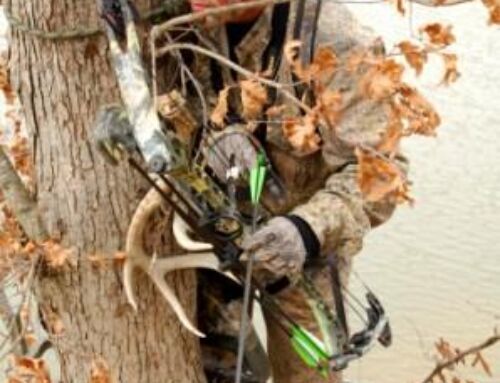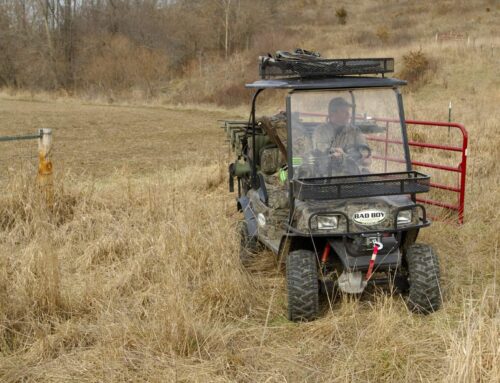As I’ve said on the Blog and on BIG DEER TV, CWD is the biggest issue and threat that we’ve faced in the last 50 years, and maybe ever. We need to stay on top of this and learn all we can about this disease.
The Theodore Roosevelt Conservation Partnership (TRCP) reports that the U.S. Department of Agriculture’s Animal and Plant Health Inspection Service (APHIS) is currently revising their standards for CWD, and they need to hear from deer hunters from across the country. To that end, TRCP put out this message which I wholeheartedly agree with and support:
Deer hunting is the single most popular form of hunting in the United States, with 9.2 million Americans participating each year, contributing more than $20 billion in economic activity, state and local taxes, and wildlife restoration trust fund excise taxes. Deer hunters play an essential role in the “user pays, public benefits” framework of the North American Model of Wildlife Conservation. Reductions in deer hunting and the number of deer hunters have reverberating impacts that extend far beyond deer and deer hunting directly, including state fish and wildlife agency budgets and their broader fish and wildlife management work, and rural economic health.
Deer populations represent one of the great success stories of American wildlife conservation, and deer hunters have led the way; but the continued spread of Chronic Wasting Disease (CWD) across the country represents a stark threat to the future of deer populations, deer hunting, and more broadly, the public’s wildlife resources. Once again, hunters stand ready to take the steps necessary to address this worrisome issue, but we cannot do it alone. Significant progress must also be made by the deer farming industry.
As the lead federal agency tasked with slowing and ultimately ending the further spread of CWD, the U.S. Department of Agriculture’s (USDA) Animal and Plant Health Inspection Service (APHIS) must take proactive and meaningful steps, including:
1. Reducing the spread of CWD to levels low enough that new cases are extremely rare.
2. Including all effective disease control options, to include improved fencing for deer farms and stronger requirements for disease monitoring, surveillance, and decontamination.
3. Covering all native and farmed deer species in North America.
4. Requiring mandatory testing of all dead animals from captive herds.
5. Eliminating the movement of CWD-infected deer from all sources.
6. Recommending a third-party review of the APHIS Herd Certification and Interstate Movement program and Program Standards due to continued detection of CWD in herds monitored beyond five years, largely due to flaws with the program.
TRCP encourages all of us to take action and weigh in on the CWD threat. Fill out the form found here to send a letter to decision makers at the USDA APHIS.






